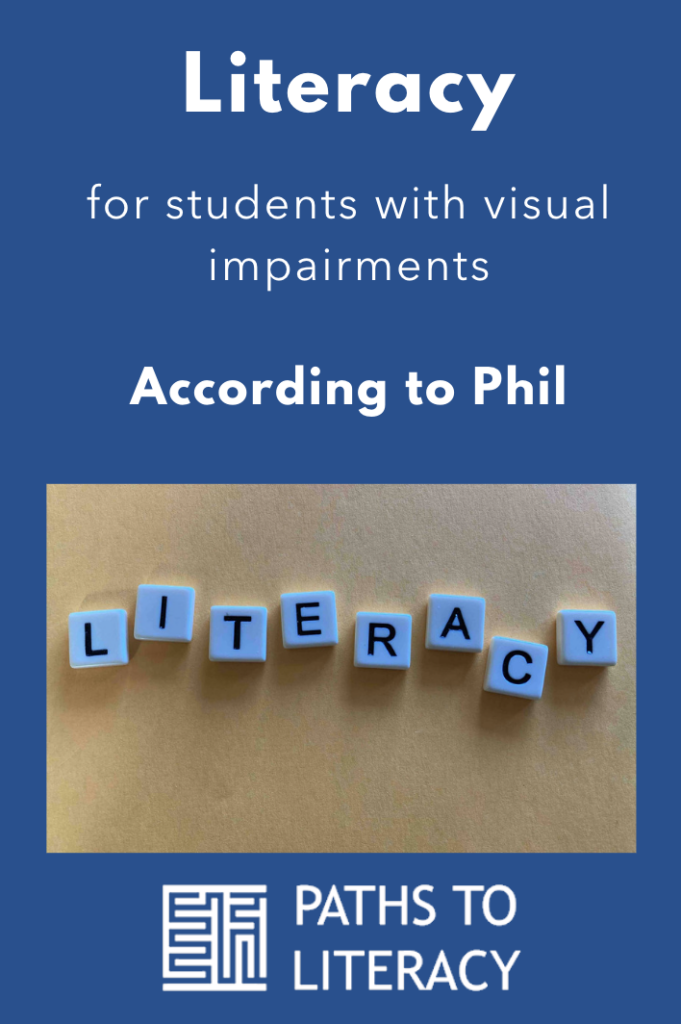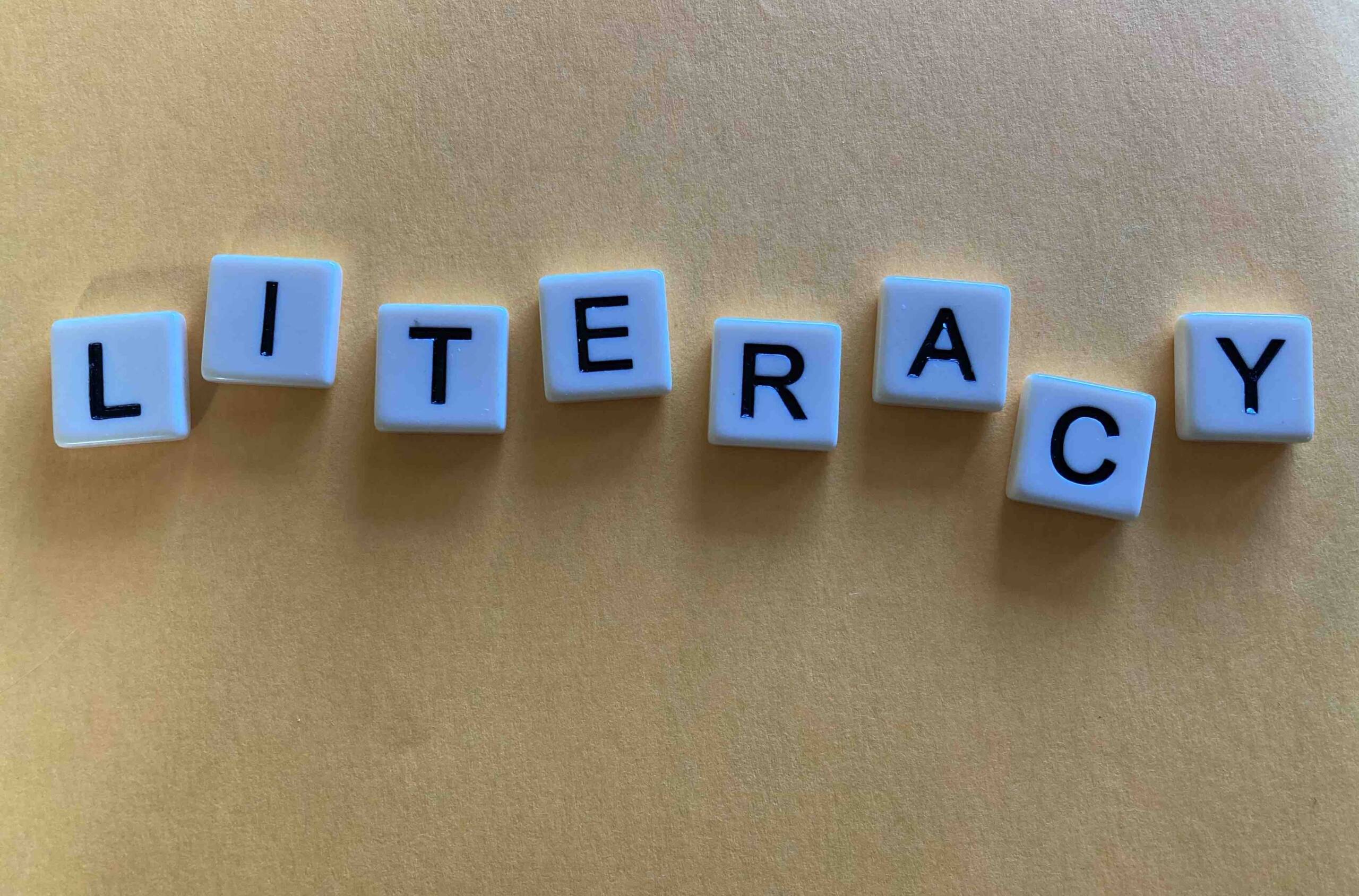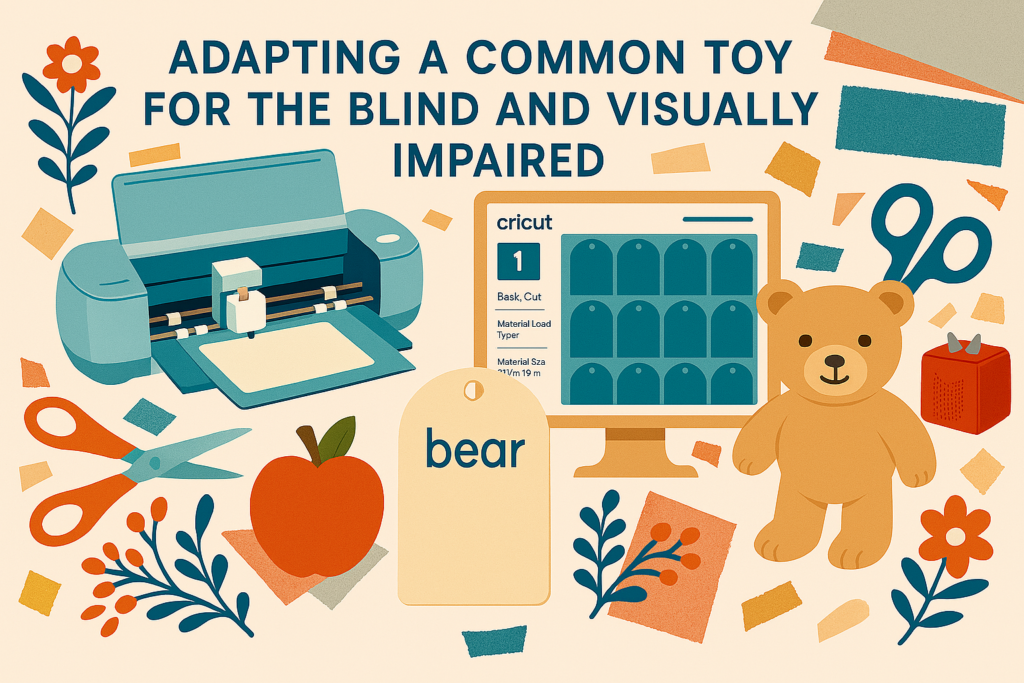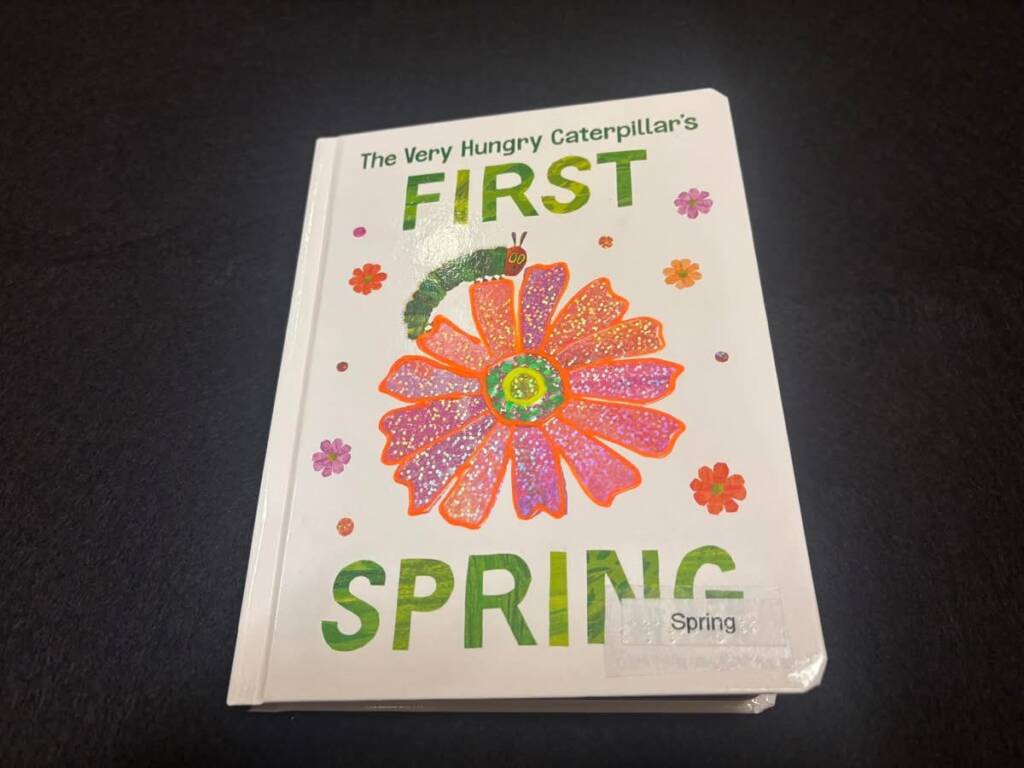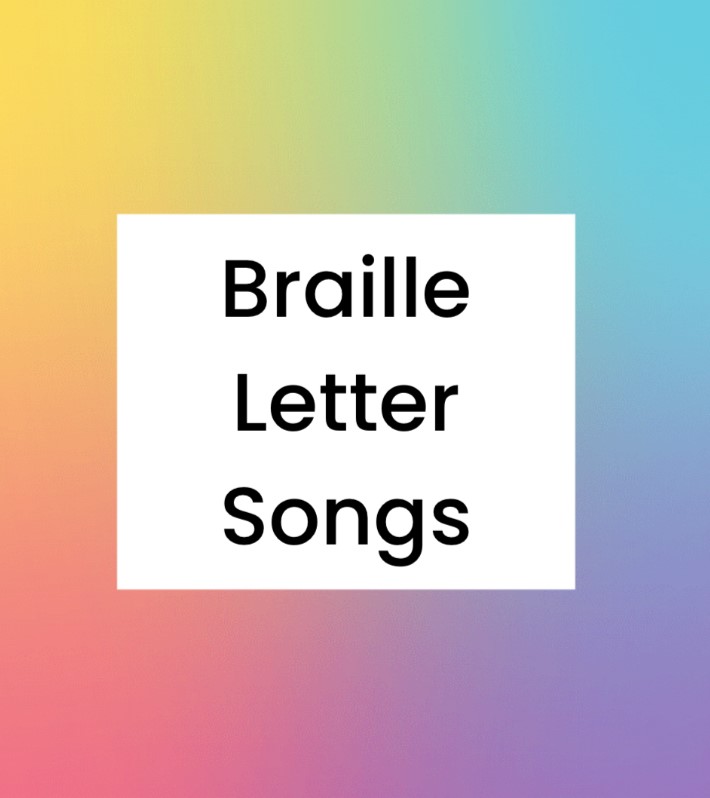By Dr. Phil Hatlen, Former Superintendent, Texas School for the Blind and Visually Impaired (TSBVI)
As some of you know, I have long had a problem with the generally accepted definition of literacy. Because those with whom I’ve discussed my issues have suggested that I challenge myself on this topic, I’m going to share some thoughts with you.
What is it to be literate? If one can read and write print or braille, is one literate? If one cannot read print or braille, is one illiterate? What follows is based on a presentation I gave at my school recently:
How do we define literacy?
I firmly believe that every child has the capability of becoming literate. If we are creative enough, if we are imaginative enough, if we persevere enough, every child at TSBVI will become literate. It all depends on how we define the term. And I maintain that the definition must take into account the unique characteristics of blind and visually impaired children.
I have close friends and colleagues who say to me that to be literate means to be able to read and write, either in print or braille. They can point to most dictionary definitions of literacy to support their position. I have a very big problem with this, for two basic reasons. First, when one or more sensory input systems are impaired, then that definition needs to change. Second, if the term “illiterate” continues to carry a terribly negative connotation, then those among us who will not read or write print or braille are relegated to a status we don’t deserve.
Is listening a form of literacy?
I remember, early in my experience as a teacher of visually impaired children, discovering that a high school braille reader has no chance of keeping up with her sighted peers, using braille materials only. A simple fact comes into play. Braille, by its very nature, will be read more slowly than print. A reasonably good braille reader will read at a rate of around 100 words per minute. A reasonably good print reader will read at a rate of 250 to 300 words per minute. Thus, the sighted high school reader will cover three times as much material in the same period of time as a braille reader. This is not a condemnation of braille, it reflects the differences between visual reading and tactual reading. Therefore, most blind high school students use recorded books or live readers as a supplement to braille in order to cover the amount of reading material they are assigned in a regular school. Braille will, in most cases, remain the medium of first choice, and most competent braille users will continue to use it in all reasonable situations. They will supplement it by “reading by listening”. Do you buy that? Do you think of listening to a text or a novel as a form of literacy? For those of you who think this is a slam-dunk, let me tell you it’s one of the most controversial topics in our profession. Let me quote what one writer said about reading by listening:
“There are two important reasons why listening is not literacy. First, to say that a person who reads through listening is literate would require a change in the operational definition of literacy. Sighted persons who cannot read print are considered illiterate. Such persons may have exceptional skills in reading by listening, but these skills are not a part of the traditional definition of being literate. Second, the definition of literacy involves the ability to both read and write. There is no assurance that persons who claim to have achieved liteacy through listening can write at all.”
Well, so much for one person’s narrow-minded position on literacy. But wait, who was the author? It says his name is Hatlen!! Sure enough, I wrote this for a Point/Counterpoint column in 1996. (“Point/Counterpoint, Is Listening Literacy,” Journal of Visual Impairment and Blindness, vol. 90, pp. 173-175, 1996). I took that position because the other wasn’t available. A man named Dean Tuttle wrote in support of listening being literacy. This is what he said:
“Is listening literacy? As a blind person, my answer is a resounding yes! For me, much of each day is filled with auditory reading of Talking Books, email correspondence, news programs on a local radio reading service, and on-line databases at the library.”
I think Dean Tuttle makes his point very clearly, and I think that it’s time for us, as educators of blind and visually impaired students, to strongly support the position that, for our students, literacy can be achieved through print, braille, or through listening.
A redefinition of literacy
And so we have a task before us. We must redefine literacy for the students with whom we work. Our new definition must take into consideration a variety of ways to become literate. Of course, one is reading and writing print. Another is competence in reading and writing braille. But then we enter a gray area, one that we must define. We must take into consideration the characteristics of the person in determining whether print alone, braille alone, or a combination of the two alone, will achieve complete literacy for the blind or visually impaired person. The answer, according to Dean Tuttle, is a resounding “no.” For Dean and most other blind persons, literacy through listening must be added. So I say to teachers and parents that the judicious use of recorded material you use with high school students is clearly a dimension of literacy for them.
What does literacy mean for students who are deafblind?
And what about a deafblind student at TSBVI? What if she will not be a print or braille reader, and will not learn through listening. Is she destined to be labeled illiterate? If you were the child’s teacher or parent, I’ll bet you wouldn’t want this child to carry that stigma! Is signing a form of literacy? Are tactile symbols a form of literacy? Are calendar boxes a form of literacy? I propose to you that they all are, and because we have the creativity and flexibility to take into consideration the strengths and skills of each individual student, every child at TSBVI has the capacity to become literate, and the staff of TSBVI has the capability to teach literacy to every child!!
Media Literacy
The other day I asked my secretary to find some definitions of literacy on the internet. She uncovered what I believe to be a very profound concept. At least it’s profound to me, because I hadn’t heard it before. There are literacy experts out there in the world who have developed the concept of “Media Literacy.” Listen to this:
“for 500 years, we’ve taught our children to read words. The time has come to teach them also to read the powerful images and sounds of their multi-media world.”
Yes, all of us live in a multi-media world. A simple, but graphic, example are new textbooks being written for sighted students. They don’t contain simple lines of print any more. There are colored words, italicized words, bold words, boxes, columns, pictures, graphics, and all sorts of variations that are intended to make the visual page more exciting to read. More than that, much of the learning experienced by sighted students using these books come from non-printed information.
As learned people have expanded “Print Literacy” to “Media Literacy,” so also must we accept the concept that literacy encompasses far more than the ability to read and write print and/or braille.
Is “illiterate” a dirty word? I think so. It is often used in a demeaning, prejudicial way. It closes doors. It stigmatizes. It labels. It serves no positive purpose to label a child as “illiterate”. But if we accept, adopt the traditional definition of “literacy”, then we have relegated many wonderful, talented, precious children to being illiterate.
While I believe there are many reasons to advocate for a broad definition of literacy, even perhaps embrace the concept of “media literacy”, perhaps the most persuasive reason is that no child at TSBVI will ever, ever, live under the stigma of being illiterate.
Now you know where I stand on the topic of literacy. Listen to this definition developed by the Center for Media Literacy:
Media Literacy is a 21st century approach to education. It provides a framework to access, analyze, evaluate, and create messages in a variety of forms, from print to video to the Internet. Media literacy builds an understanding of the role of media in society as well as essential skills of inquiry and self-expression necessary for citizens of a democracy.
While there is nothing specific in this definition to suggest that it would cover a blind child with severe additional disabilities who uses tactile symbols and a calendar box for receptive and expressive communication, I maintain to you that this is simply because the authors don’t know the same children that I do.
What if I suggest to you that the definition of Media Literacy is the ability to communicate needs, thoughts, and responses, and receive information, through the effective utilization of remaining senses?
The founders and advocates of Media Literacy have something entirely different in mind. They view this as an expansion of print literacy, combining all sources for receiving and producing media in this high tech, electronic world. But I say we steal their term and give it our own meaning, and relegate every blind and visually impaired child to the level of Media Literacy through creative, systematic, and inspired instruction!!
I propose to you that we stop using the term “Literacy” and agree that the word must have a defining adjective preceding it. Let’s get used to using Print Literacy, Braille Literacy, Tactile Literacy, Auditory Literacy, or Media Literacy when describing the various paths that lead to a system to receive and give information.
I must share with you what I consider the down side of Media Literacy. I believe that modern textbook publishers have become experts at using multi-media in the production of textbooks. I have regular opportunities to review new textbook adoptions in Texas, with the task of evaluating formats to be used in transcribing them into Braille. It is ironic that, in these days of increasing inclusion of blind students into the regular classroom and curriculum, the instructional materials they receive are becoming ever more difficult to use. On a single print page, there are now side-bars, boxes, graphs, pictures, bolded words, colored words, words of all different sizes, some italicized, and charts. What was once a simple print page consisting of words written in uninterrupted lines has now become an exciting multi-media production for the sighted student. I’m sure there is data to support that these eye-catching books assist in the learning of sighted students. The book becomes similar to the multi-media world in which young people live today.
What do we do with the braille version of these books? Well, we haven’t yet discovered how to make braille multi-media. Braille is braille, designed to be read in a horizontal fashion across a page without interruption. Remember, the braille reader knows little about the page except what has been read and is under the fingers.
I have seen some heroic and some misguided examples of how to present multi-media print material to the braille reader. I know transcribers who, without the wise counsel of a teacher, have produced amazing replicas of the print book. I know what a stair-step chart is, and I have yet to figure out how a braille reader is supposed to read it with understanding. Teachers and transcribers are doing the best they can, often demonstrating wonderful creativity. However, I suggest to you that these multi-media books, when transcribed into Braille, are infinitely more difficult to read.
I recently reviewed a primer, a very beginning reading book. In the print copy, key words were presented in color. The braille copy used appropriate and approved transcription methods to indicate the colored words, making this beginning reader far more difficult for fingers that cannot easily “read over” anomalies among the letters.
Now, I don’t begrudge our media literate sighted students these multi-media reading materials. But I can’t help but worry about the braille reader, sitting in a regular classroom, trying to figure out the layout of the transcribed page without the help of the TVI, who won’t be there until next week!!
I also challenge you to explore ways in which to present multi-media books in braille. You say to me “that’s impossible,” and I say to you that that is my first reaction, too. But we’re a profession that doesn’t use the word “impossible.” Instead, we have been a profession that, for years, has discovered how to solve impossible tasks, how to use the creativity that permeates our profession, how to think so far out of the box that we amaze our friends and colleagues!
This article was originally published by Texas School for the Blind and Visually Impaired (in the Spring 2004 SEE/HEAR Newsletter) and is reprinted here with permission.
